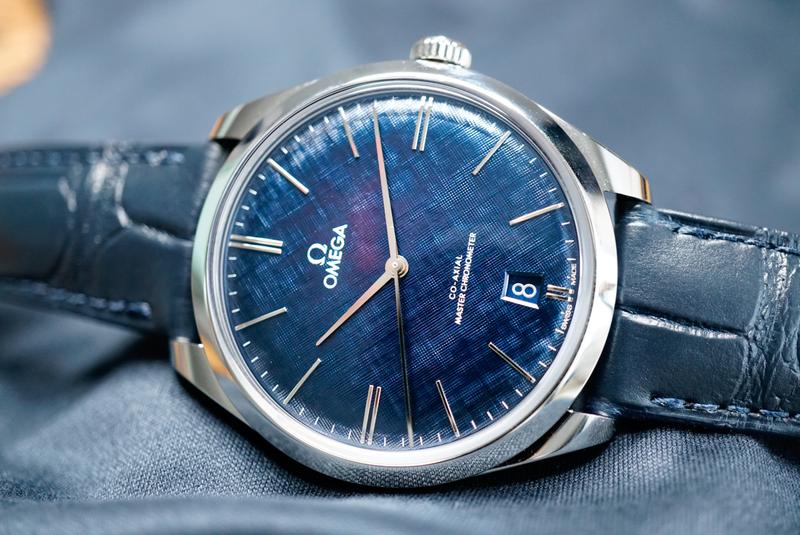Archer
··Omega Qualified WatchmakerAl, I assume that Omega is keeping the 2500 in production and continuing to update it primarily because it has a thinner profile than the 8000 and 9000 series calibers and continues to go into many of Omega’s dressier offerings with smaller, thinner cases than some of the sports models. Would that be correct?
Of course I have no idea how Omega makes these decisions, but the 2500 series is a thin movement compared to anything else Omega currently makes. It is 4.1 mm thick, where the 8800 for example is 4.6 mm, so 0.5 mm difference.
Note that the 2500E doesn't have METAS certification from what I can see, despite having the silicon balance spring. Only a few parts are different between the D and E versions:
1 - New main plate - this is really only because the plate is stamped with the letter version, so they won;t continue using a 2500D main plate since it would be marked 2500E.
2 - New balance of course - specific to the 2500E
3 - New pallet fork - again specific to the 2500E - no information on what is different though.
4 - New mainspring barrel - specific to the 2500E - no information on what is different though.
The shock absorbers (something that typically changes for a METAS watch) are the same as for the 2500C.
